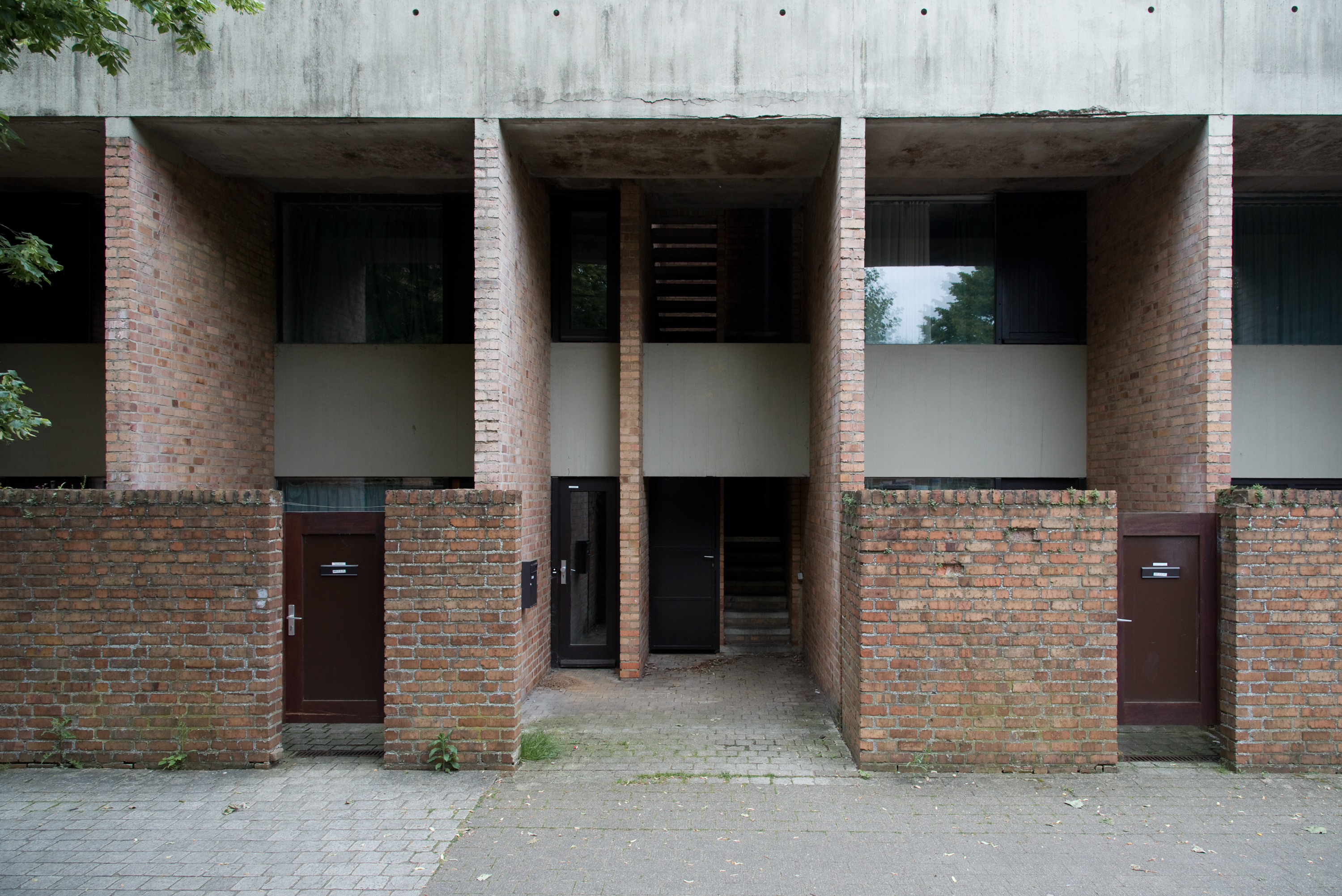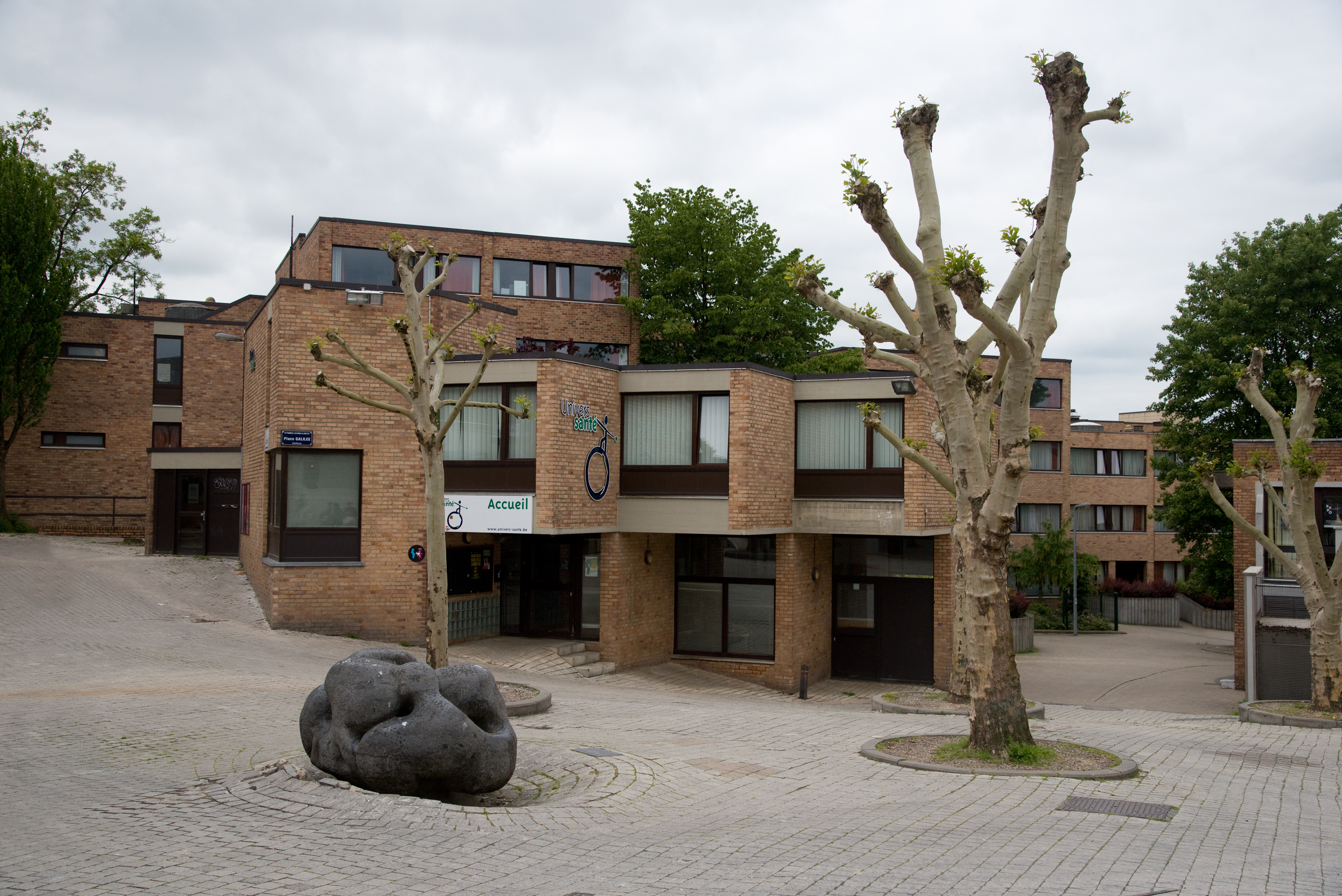New Town
June 4, 2019
June 4, 2019
Place des Sciences was a bit of a mess. A construction site really, the 'brutalist gems' behind fences, pavements closed or broken up. Worst of all though, it looked like the reconstruction plans included painting the concrete. That can never happen, painting bare concrete. I have no idea what a paint job tries to accomplish other than taking 'material' out of the equasion, only the bare essence of brutalism. Anyway, I had my doubts about these being gems to begin with.
Moving on to brick then.
Moving on to brick then.


Louvain-la-Neuve is a planned pedestrian new town developed from 1968 on to house the Université catholique de Louvain (UCLouvain). Following the linguistic quarrels that took place in Belgium during the 1960s, the institution was split into the Dutch language Katholieke Universiteit te Leuven which remained in Leuven, and the Université catholique de Louvain. The French-speaking university left the old town of Louvain (Leuven in Dutch) to acquire farmland south of Brussels in order to create a new town from scratch.
The “Groupe urbanisme architecture”, responsible for the design, took its inspiration from university towns throughout Europe, and from the garden cities developed in Britain in the early 20th century. It relied on the experience of successful multifunctional cities and neighbourhoods, rather than that of a few decades of functionalism with its spatial separation of functions, generating the need for motorised transport to link them. Moreover, one of the main points of the urban design of Louvain-la-Neuve was to make it people rather than automobile centred. As a consequence, the city center is built on a gigantic concrete slab, with all motorized traffic travelling underground.
The Founding and Development of Louvain-la-Neuve, the Only New Town in Belgium
Louvain-la-Neuve - A Traditional New Town in the 20th Century
The Founding and Development of Louvain-la-Neuve, the Only New Town in Belgium
Louvain-la-Neuve - A Traditional New Town in the 20th Century

